Title: Navigating the Purchase and Today’s Price of Minerals for Sale Introduction: In today’s dynamic business environment, the purchase and pricing of minerals for sale is an essential aspect of many industries. Whether it’s the extraction of rare earth elements, precious metals, or industrial minerals, understanding the purchase process and staying updated on the current prices plays a critical role in the success of businesses involved in the mineral sector. This article aims to provide insights into effectively navigating the purchase process and staying abreast of today’s mineral prices. 1. Research and Identify Trusted Suppliers: The purchase of minerals begins with thorough research to identify trusted suppliers. This research involves assessing supplier credibility, reputation, and compliance with ethical and sustainable mining practices. It is crucial to establish relationships with reliable suppliers who can consistently deliver high-quality minerals at fair prices.
minerals
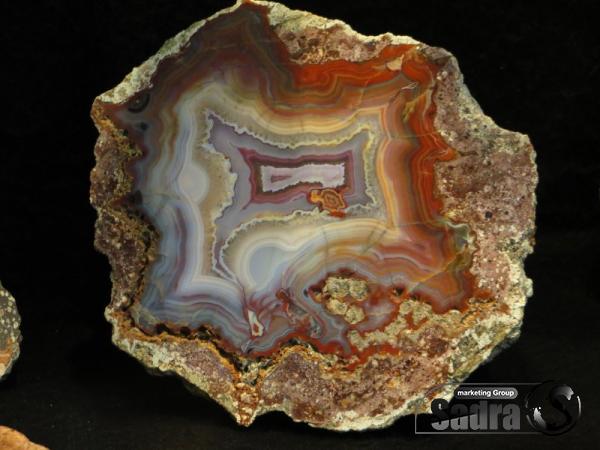 2. Understand the Quality Specifications: Once suppliers have been selected, it’s imperative to understand the quality specifications of the desired minerals. Different industries require specific grades or forms of minerals, and having a clear understanding of these requirements ensures that the purchased minerals meet the necessary standards. Consulting with industry experts or conducting thorough market research will help in making informed decisions. 3. Stay Informed About Market Trends: With mineral prices fluctuating regularly, businesses involved in the mineral sector need to stay informed about market trends and price movements. Several factors impact mineral prices, including demand and supply dynamics, geopolitical events, and market sentiment. Utilizing professional resources such as industry publications, online databases, and market analysis reports can provide invaluable insights into current market conditions.
2. Understand the Quality Specifications: Once suppliers have been selected, it’s imperative to understand the quality specifications of the desired minerals. Different industries require specific grades or forms of minerals, and having a clear understanding of these requirements ensures that the purchased minerals meet the necessary standards. Consulting with industry experts or conducting thorough market research will help in making informed decisions. 3. Stay Informed About Market Trends: With mineral prices fluctuating regularly, businesses involved in the mineral sector need to stay informed about market trends and price movements. Several factors impact mineral prices, including demand and supply dynamics, geopolitical events, and market sentiment. Utilizing professional resources such as industry publications, online databases, and market analysis reports can provide invaluable insights into current market conditions.
Specifications of minerals
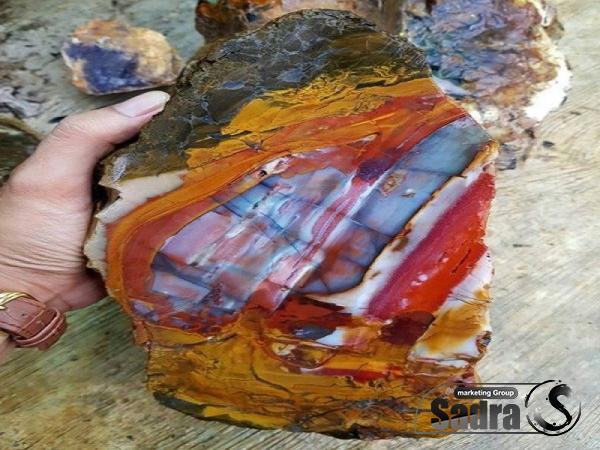 4. Utilize Price Indices and Benchmarking Tools: To determine the current market price of minerals, businesses can utilize price indices and benchmarking tools specific to the mineral industry. These tools provide real-time information on pricing trends and help in negotiating fair deals. Regularly monitoring these indices and comparing prices across different suppliers enables businesses to make more informed purchasing decisions. 5. Consider Long-Term Contracts: For businesses requiring a consistent supply of minerals, entering into long-term contracts with suppliers can provide stability and potentially secure favorable pricing terms. Long-term contracts often offer price hedging mechanisms, which protect against sudden price fluctuations, allowing businesses to plan and manage their budgets more effectively.
4. Utilize Price Indices and Benchmarking Tools: To determine the current market price of minerals, businesses can utilize price indices and benchmarking tools specific to the mineral industry. These tools provide real-time information on pricing trends and help in negotiating fair deals. Regularly monitoring these indices and comparing prices across different suppliers enables businesses to make more informed purchasing decisions. 5. Consider Long-Term Contracts: For businesses requiring a consistent supply of minerals, entering into long-term contracts with suppliers can provide stability and potentially secure favorable pricing terms. Long-term contracts often offer price hedging mechanisms, which protect against sudden price fluctuations, allowing businesses to plan and manage their budgets more effectively.
buy minerals
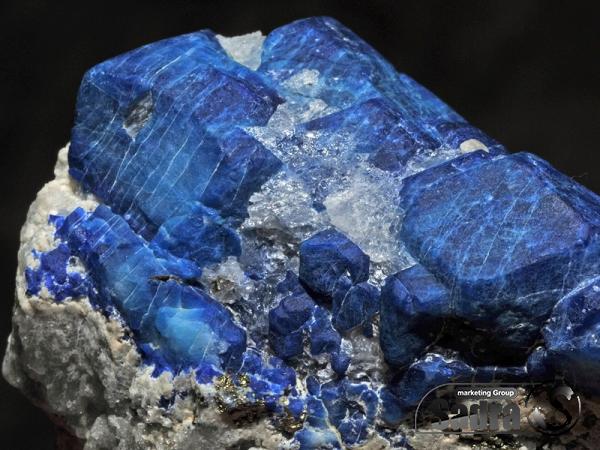 6. Maintain Strong Supplier Relationships: Building and maintaining strong relationships with suppliers is essential. Regular communication, timely payments, and mutually beneficial agreements help establish trust and enable smoother transactions. Maintaining a positive relationship with suppliers may lead to preferential pricing and access to information about potential market developments or new mineral sources. Conclusion: Navigating the purchase and pricing of minerals for sale is a critical aspect of many industries. By conducting thorough research, understanding quality specifications, staying informed about market trends, utilizing price indices, considering long-term contracts, and maintaining strong supplier relationships, businesses can effectively manage the purchase process and obtain the best prices available. In an ever-changing market, being knowledgeable and adaptable is key to maintaining a competitive edge in the mineral sector.
6. Maintain Strong Supplier Relationships: Building and maintaining strong relationships with suppliers is essential. Regular communication, timely payments, and mutually beneficial agreements help establish trust and enable smoother transactions. Maintaining a positive relationship with suppliers may lead to preferential pricing and access to information about potential market developments or new mineral sources. Conclusion: Navigating the purchase and pricing of minerals for sale is a critical aspect of many industries. By conducting thorough research, understanding quality specifications, staying informed about market trends, utilizing price indices, considering long-term contracts, and maintaining strong supplier relationships, businesses can effectively manage the purchase process and obtain the best prices available. In an ever-changing market, being knowledgeable and adaptable is key to maintaining a competitive edge in the mineral sector.
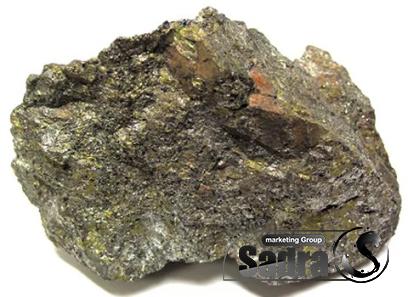
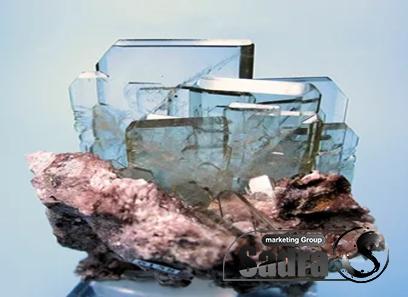
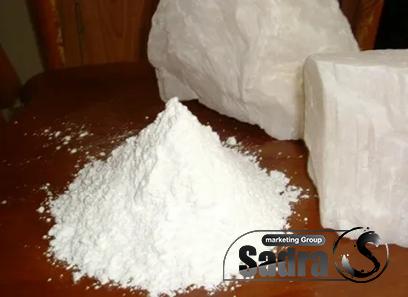
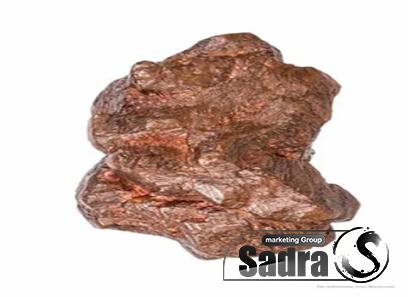
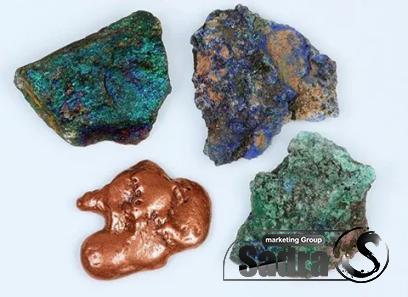

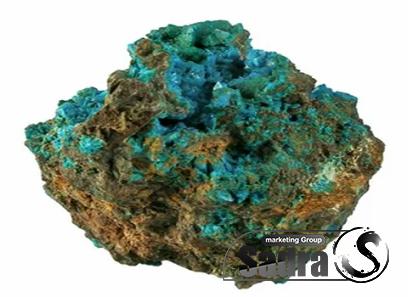
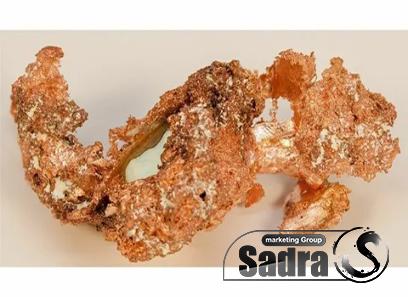
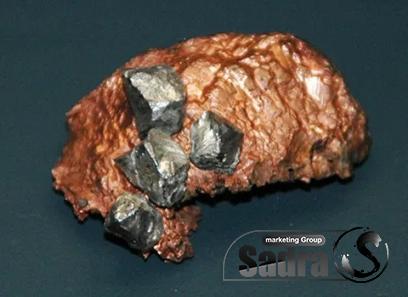
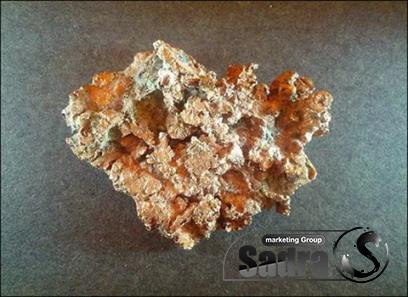
Your comment submitted.